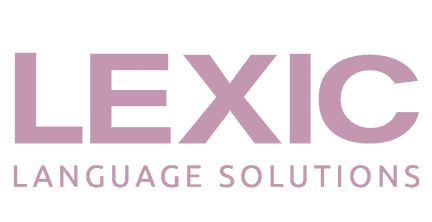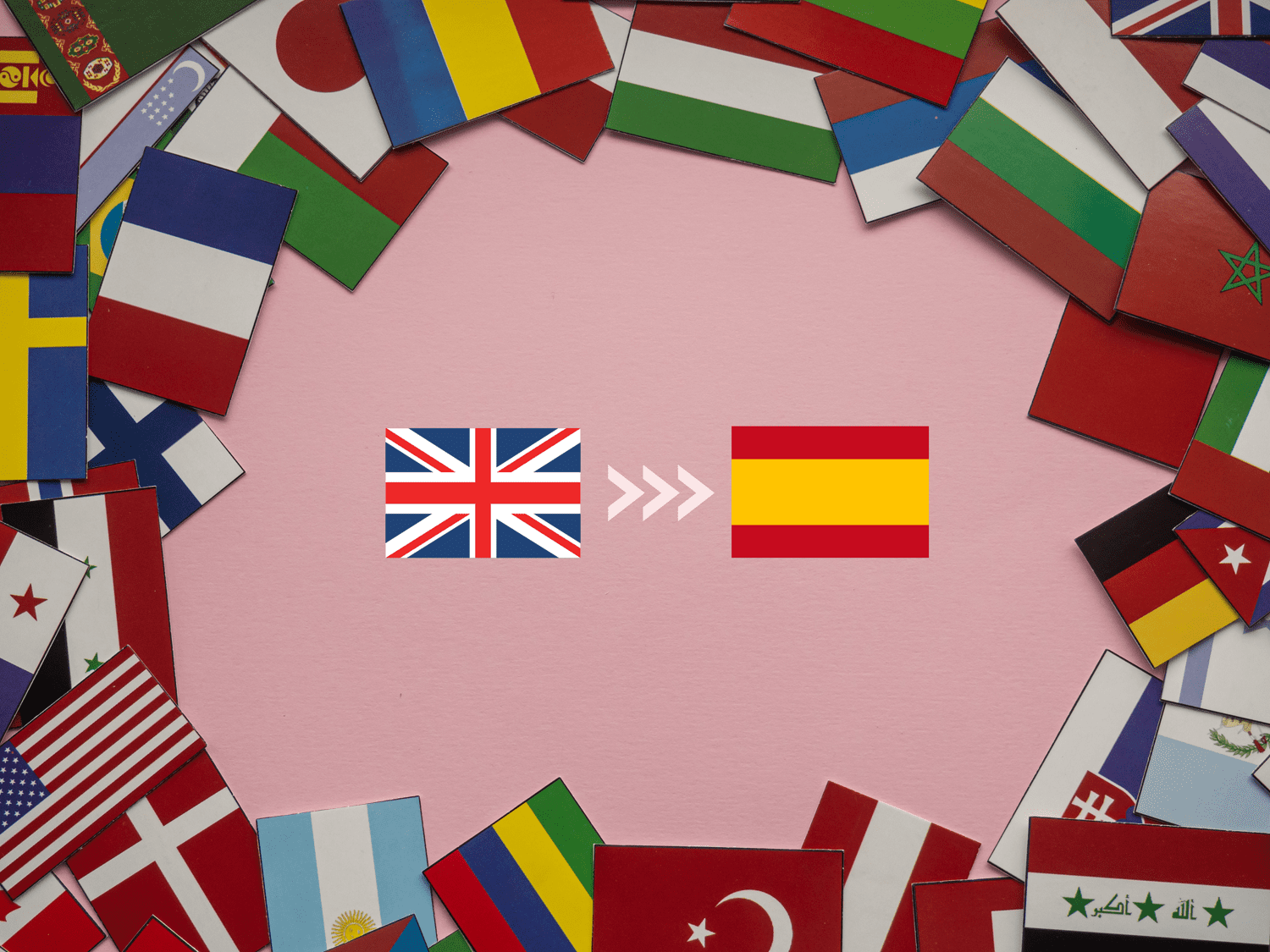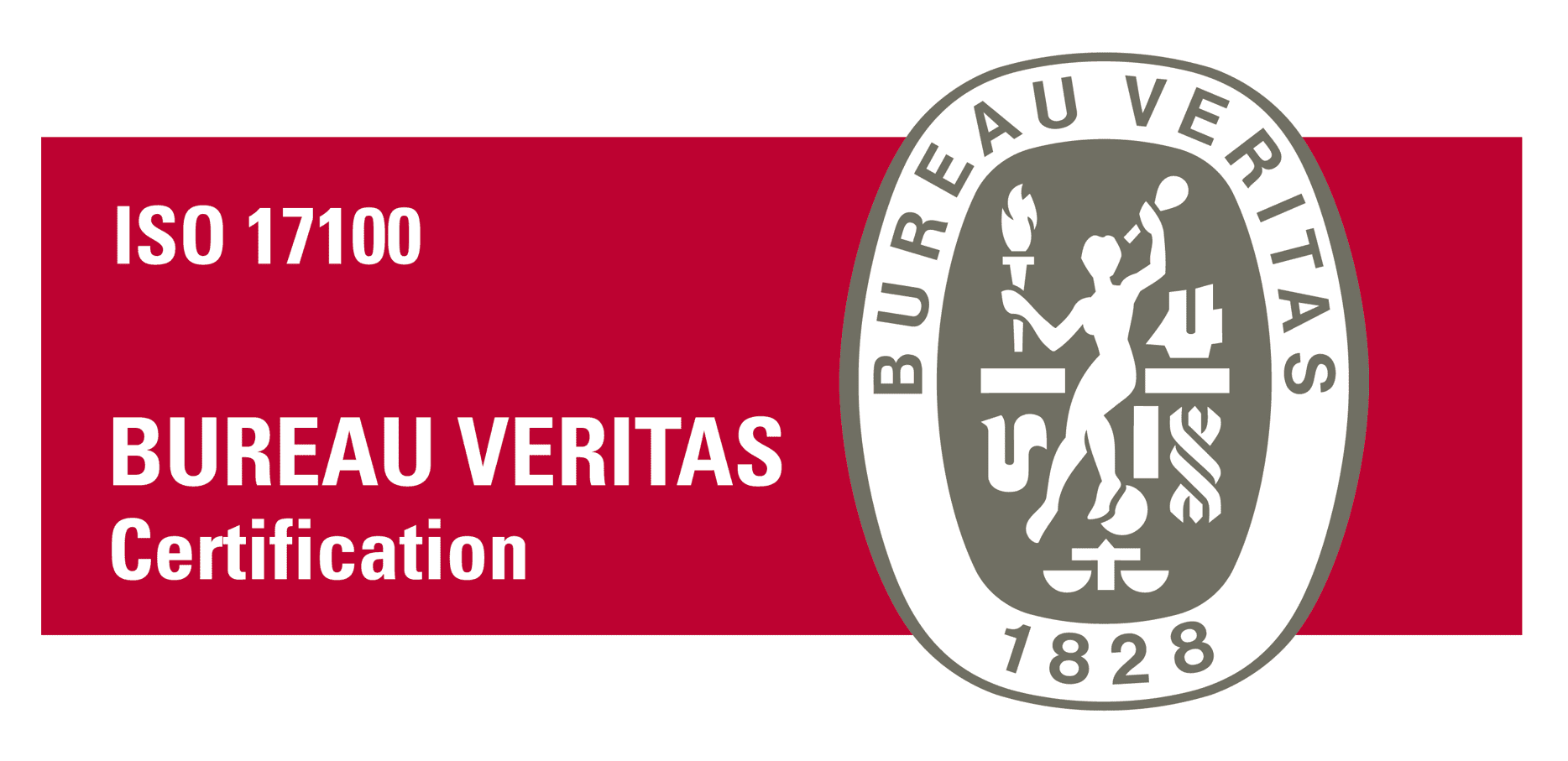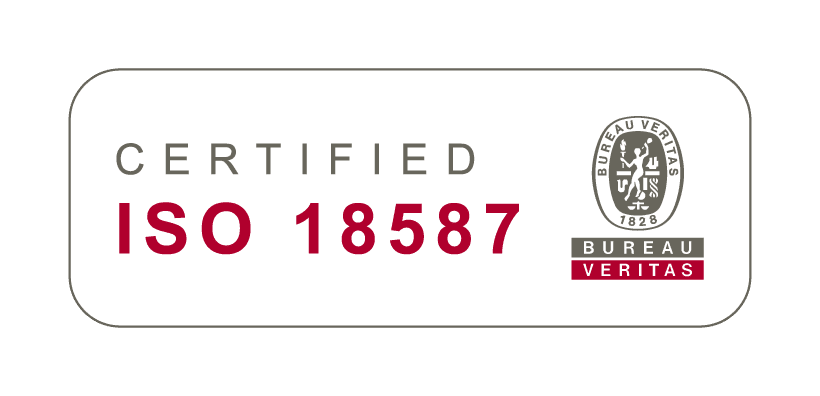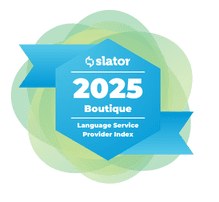There are well over 1 billion websites around the world; in fact, the exact number of websites keeps changing every second. With so much competition, how can you make sure your site gets enough visibility?
Well-optimized metadata is a fundamental factor, as it helps attract organic traffic to your website. However, search engine optimization (SEO) can become quite tricky when you have several pages or product listings, as in the case of online stores. Add a variety of languages to the mix, and you might get a recipe for disaster.
Unless done properly, the optimization of SEO attributes can become an unforgivable cost that yields no returns. Good SEO optimization, on the other hand, can help your site generate increasing returns with time. For this to be the case, some important SEO aspects must be considered.
URL paths
URLs are particularly significant for websites. If you want search engines to index your site correctly, you need to make sure your most important keywords are included in your URL paths!
You have probably already done this for your existing pages, but when you are getting them localized, a new URL path needs to be created with the keywords translated into the target languages. Properly localizing URL paths will not only help indexability but also increase your click-through rates, as users are more likely to click URLs with keywords in a language they can understand.
Here’s an example of what that would look like:
English version URL

Localised URL with keywords translated into Spanish

Keeping the metadata sharp and concise
What’s more Important comes First
The meta title and meta description are the first things users see in the search engine page results (SERPs). Keeping this content sharp and to the point will also boost your click-through rates. It is important to make the meta description a logical continuation of the page title, and to include both primary and secondary keywords in them. At the same time, you need to make sure that the information for each page is unique. Always try to avoid duplications.
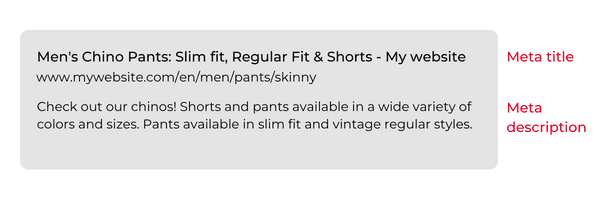
An eye on word limits
Google cuts off all titles that won’t fit into a 512-pixel display and all descriptions which are over 160 characters long by adding an ellipsis at the end. This means that keywords and critical information should always be placed towards the beginning of the sentence or title.
It is also crucial to remember that translations might involve a certain percentage of expansion or contraction of the content, depending on the source and target languages. Localizing this kind of content goes beyond simple translation, and it’s often done by SEO localization experts.
Images and Alt tags
With all the talk about text localization and SEO, it would be easy to forget about images, even though these are also ranked in Google based on the text included in the alt tags. Google uses alt tags to understand what the image is, which is why these tags need to be optimized appropriately. When thoughtfully done, image indexing in search engines can also considerably increase organic traffic.
An important SEO aspect for multilingual sites
An attribute to clarify your site’s language
Have you ever heard of the hreflang tag? The hreflang attribute, introduced by Google in December 2011, aims at clarifying the relationship between web pages in alternate languages in a way that can be understood by search engines.
Example:
<enlace rel=»alternate» href=»http://mystore.com» hreflang=»en-us» />
<enlace rel=»alternate» href=»http://mystore.com/es/» hreflang=»es-us» />
<enlace rel=»alternativo» href=»http://mystore.com/br/» hreflang=»pt-br» />
With the hreflang attribute, you can indicate a linguistic and geographical target. In simpler words, this attribute tells Google which language is being used on a particular webpage so that the webpage can be included in the results shown to users searching in that language.
Faster websites rank higher
Your site now needs to keep up with page-load standards of one second or less. That’s a pretty high standard! If your customer is checking out your new site in the United States, but your server is in the United Kingdom, you won’t be able to meet it. There is a way around it, though: a Content Delivery Network (CDN). CDNs distribute your webpages to nodes around the globe so that users can get their webpages from the nearest server faster.
SEO Optimization: Leave It to the Experts
If you are unfamiliar with SEO, this information may sound quite complicated, even if we leave the multilingual aspect aside. However, with the help of our SEO localization specialists, we can help guarantee those URL paths, meta titles and meta descriptions will be perfectly optimized for your target website as well.
